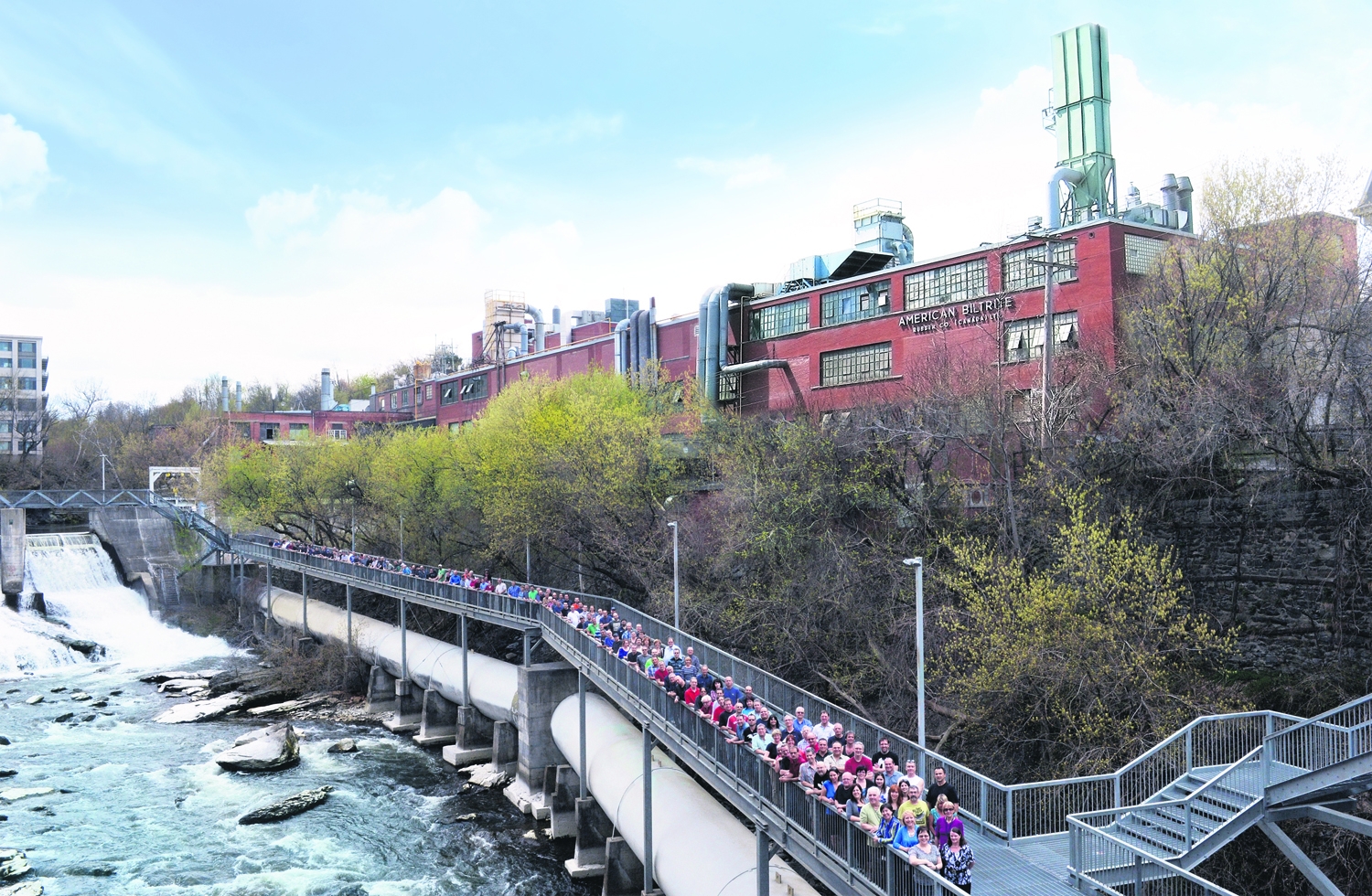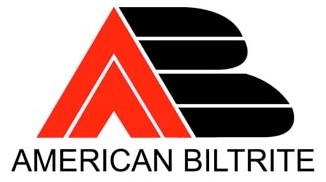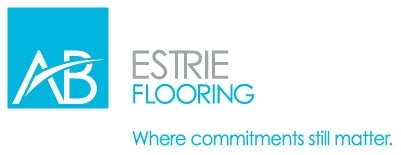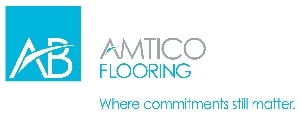History
1908
Headquartered in the Boston area, American Biltrite Inc. began as a small family-owned enterprise when Miah Marcus and Frank Bernstein jointly founded the Ewell Rubber Company in Trenton, NJ.
1910
Two years after its founding, Ewell Rubber’s business was brisk enough to warrant the addition of a second manufacturing facility, known as Panther Rubber Mfg. Co., in Stoughton, Massachusetts
1913
Panther Rubber Co. (PANCO) purchased the plant in Sherbrooke for the sum of $2,500 (former Iron Works plant that is now the press department) 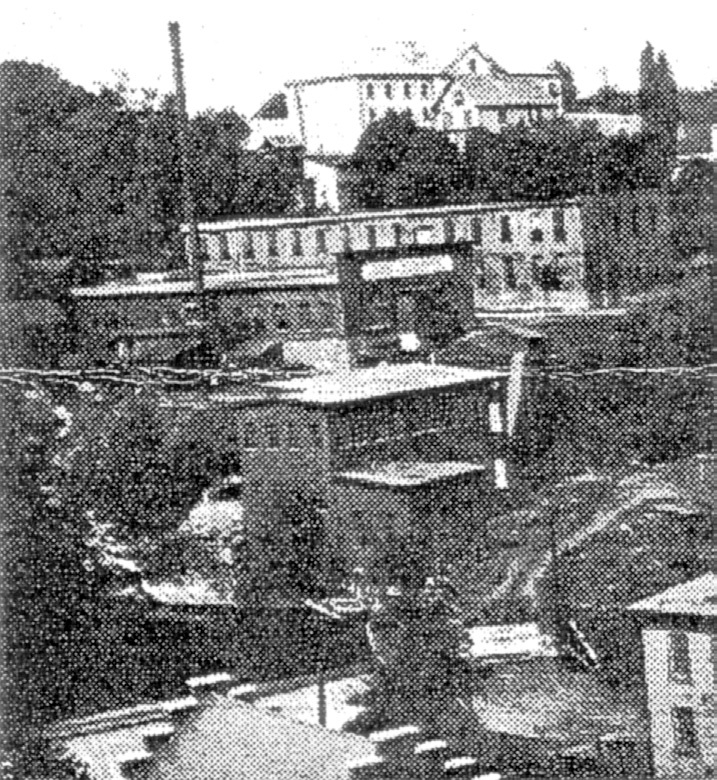 and had 27 employees during the first year of its existence. Originally, rubber soles and heels were manufactured for the footwear industry. The expansion to Canada in 1913 was successful in conquering the local footwear industry. This gave rise to the current firm, American Biltrite, located at 200 Bank St., in Sherbrooke.
and had 27 employees during the first year of its existence. Originally, rubber soles and heels were manufactured for the footwear industry. The expansion to Canada in 1913 was successful in conquering the local footwear industry. This gave rise to the current firm, American Biltrite, located at 200 Bank St., in Sherbrooke.
1917
The production facility in Trenton, NJ was expanded and revamped to produce Amtico Rubber Flooring, giving birth to the American Tile and Rubber Company. From the production of rubber floorings, the company later established additional facilities to manufacture vinyl floorings, eventually becoming the world’s largest
producer of floorings made with both materials.

1923
The Panther Rubber Co. plant started
manufacturing rubber flooring. At that time, this
was considered to be one of the most serious
factors in the industrial development of the Townships.
1926
The company had approximately 90 employees; the average salary ranged from $0.25 to
$0.35/hour (minimum of $0.13/hr and maximum of $0.50/hr). The weekly payroll was
approximately $1,400 and the average number of hours worked was 55 to 60 hours/week.
1948
Pressed vinyl tiles production started
1950
Rubber tile production started.
1951
As if to signal the arrival of exponential growth and the ascension to global leadership in its markets, the company changed its name in 1951, adopting the corporate title “American Biltrite Rubber Company.” Under this banner, American Biltrite moved forward during the 1950s, recording resolute growth as the postwar rebirth of the nation’s economy invigorated manufacturing industries across the country
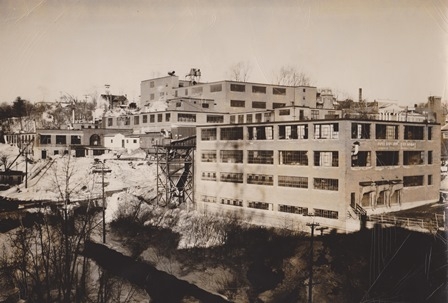
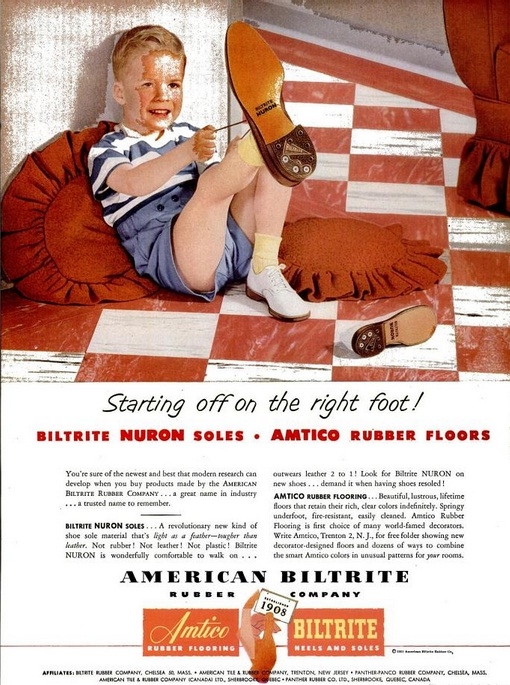 .
.
|
1952 |
|
 |
1957
Started production of rubber flooring; a revolutionary product.
1958
Rotocure production started.
|
1959 American Biltrite became a publicly traded company, making its initial stock offering in April 1959 |
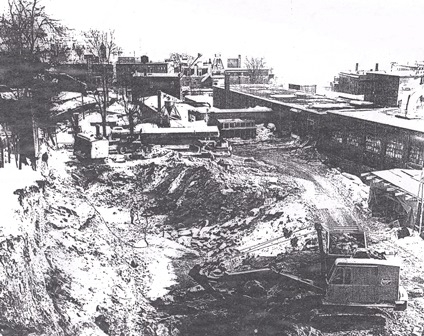 |
1963
Started fire hose production which continued on until 1982 when the line was sold to Niedner in the United States. A $2,000,000 expansion program to build the second part of the V.A. Line (Duravinyl department).
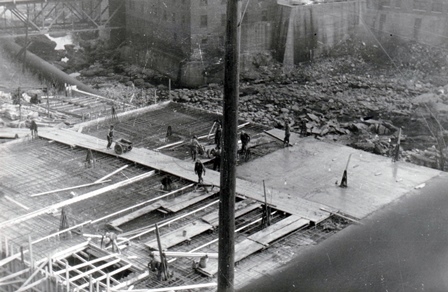
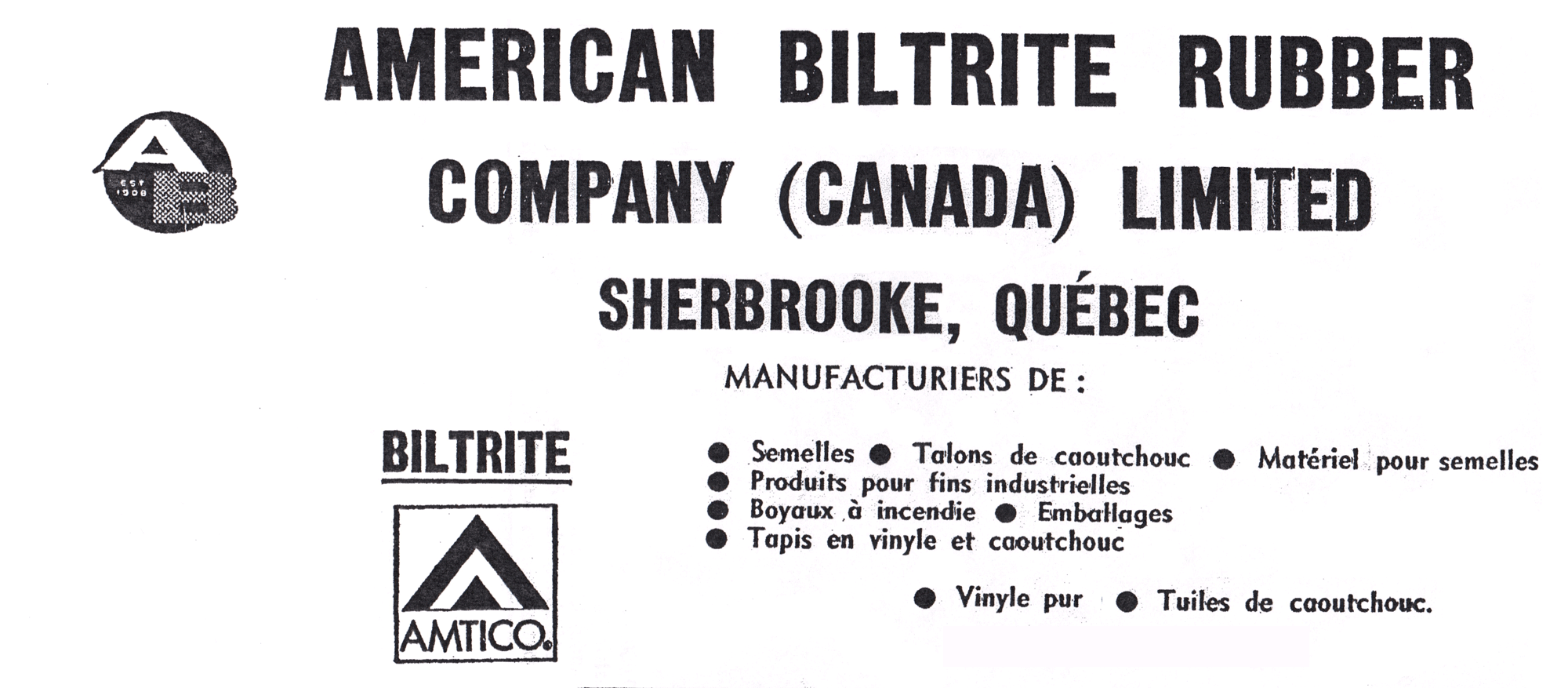
1964
Production started on vinyl tiles in the Duravinyl / Amtico (V.A. line) department.
|
1965 |
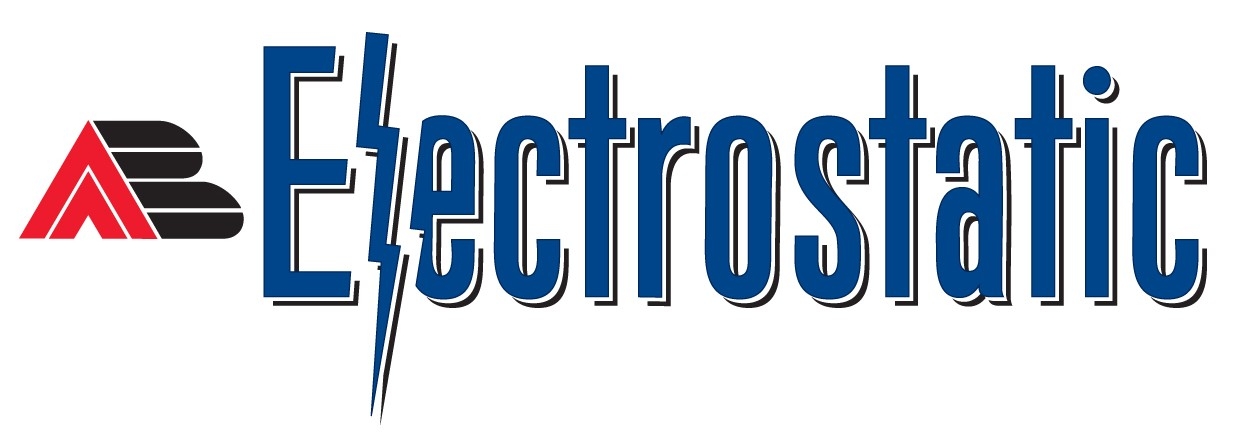 |
1966
Started to manufacture Sheet Rubber product.
1975
Started the production of mud flaps.
|
1979 1983 |
 |
 |
1985
$1,000,000 invested to start manufacturing rubber cove base for the flooring market.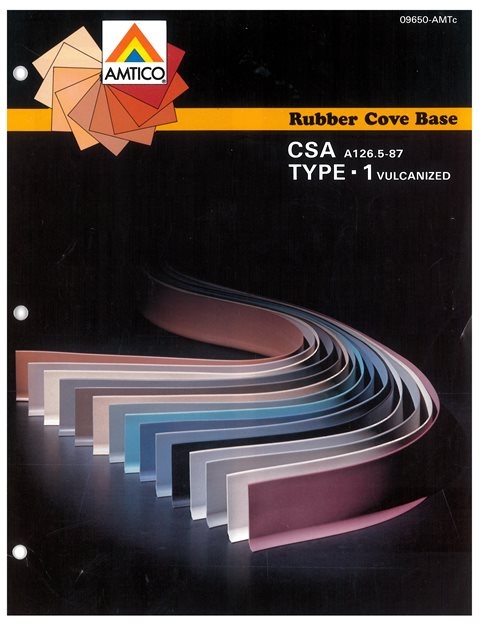
1988
Duravinyl production in 12-inch width for the year was equal to 198,000 km long.
| 1993 Launch of the Fortress Color-thru and Granite Marathon tile collections, in addition to the Durasport and the rubber dissipating under-padding (static control). |
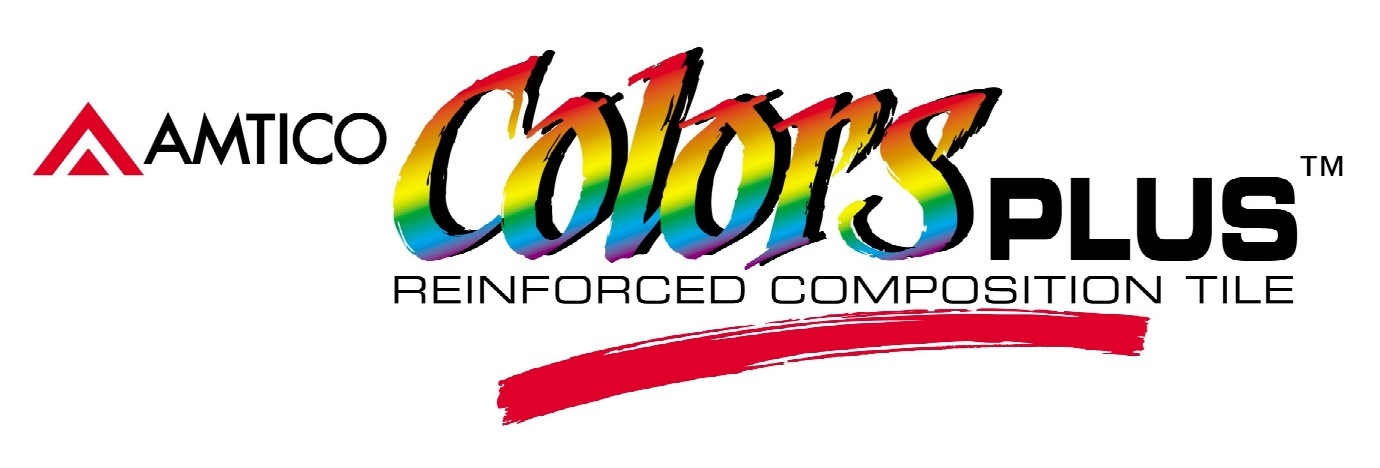 |
1995 Launch of high abrasion resistant sheet rubber sheet (Dura-Shield). |
 |
1996 Marathon product line is launched; become first flooring manufacturer to be ISO 9000 certified in North America. |
 |
1998 Investment of $4,000,000 for various improvements to the plant. |
|
2000 Development and production of sheet rubber flooring (Oasis – new product) primarily for health care institutions. |
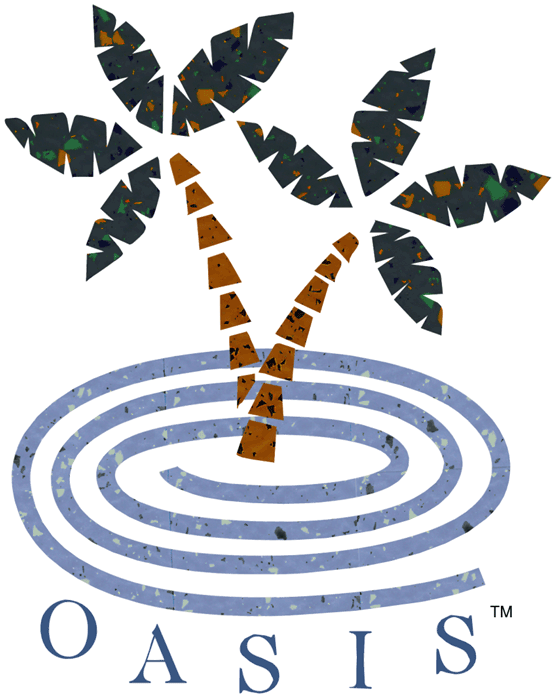 |
2001
A 100,000-square-foot distribution centre opened on Pépin St. in Sherbrooke at a cost of $5.5 million.
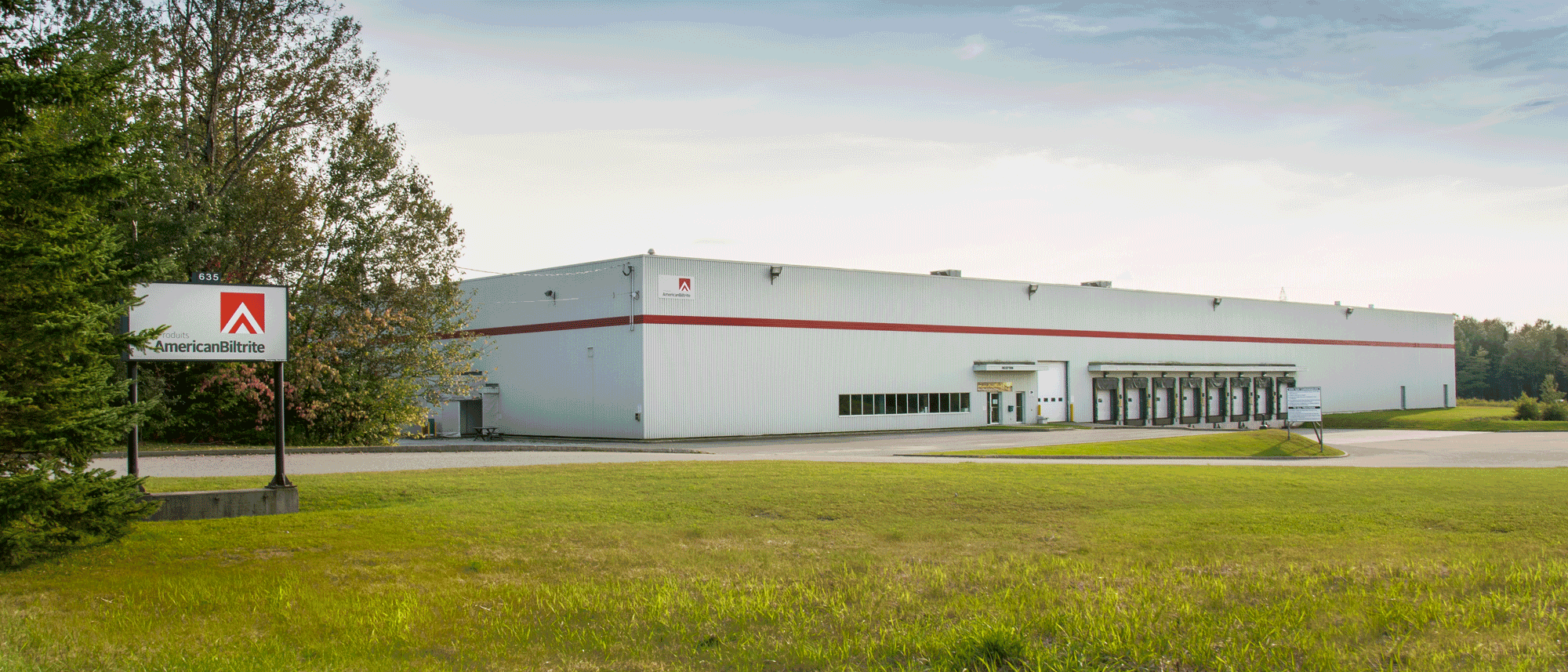
2003
Introduction of the Mirra commercial flooring collection. 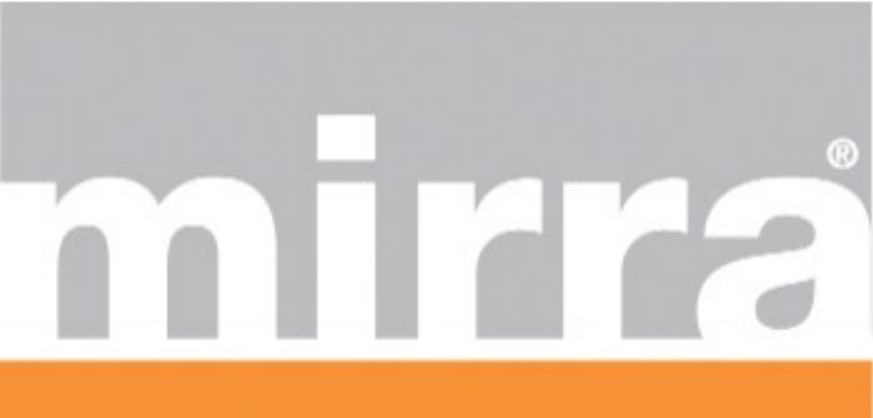
2004
Stonescape flooring listed as one of the ten most innovative environmentally-friendly construction materials in 2004 (launch).
2005
Introduction of Transeal, premium nitrile for transformer gaskets. 
| 2009 Logos revamped. |
|
became |
|
2011
Launch of BLAST Sheet Rubber, for ballistic applications.
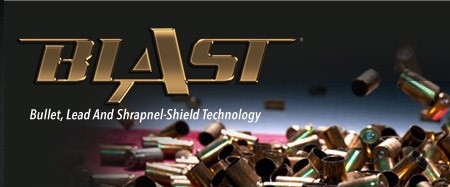
2012
Introduction of ABPure, the new rubber flooring line with superior colorfastness.
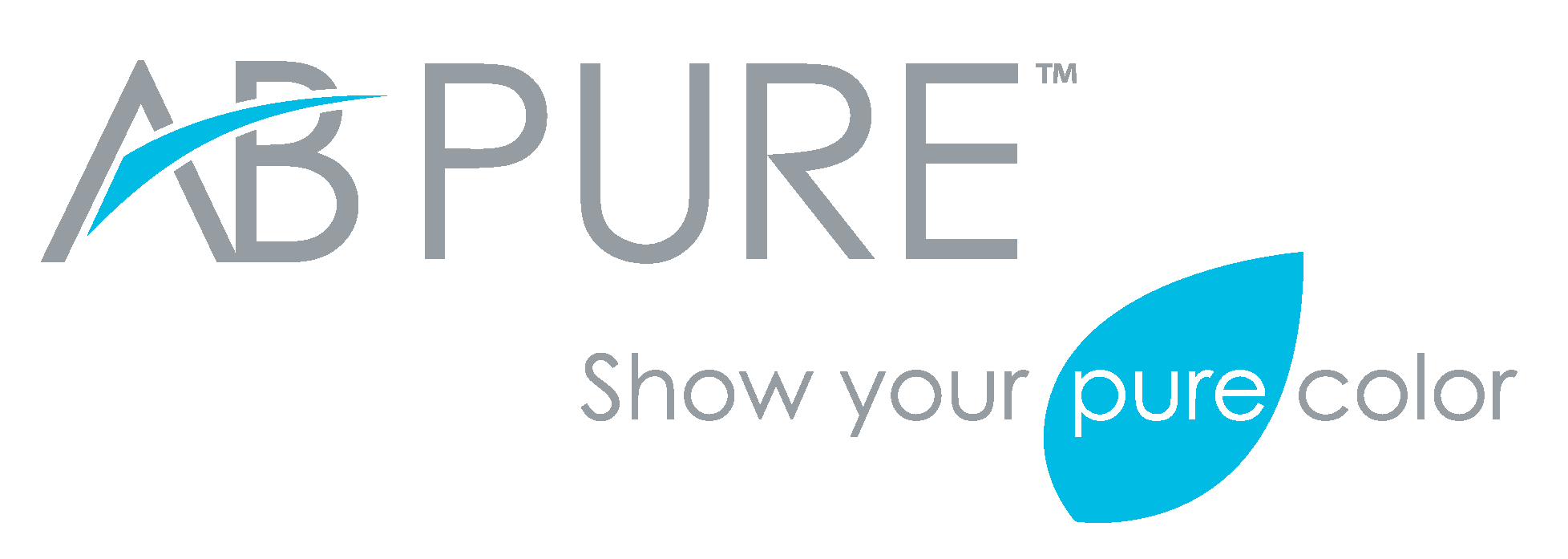
2013
Introduction of Sonata LVT collection and new unified American Biltrite logo that is used today.
2015
Introduction of groutable residential LVT. 
2016
Launch of AB-576 - NSF/ANSI Standard 61 certified EPDM suitable for potable water.
2017
Addition of Skirt-Shield to the DuraShield Family for skirtboard and conveyor containment applications.
2018
Nfuse technology Introduced to ABPure line of products making American Biltrite the first to develop an occupancy ready pressed rubber tile.
Launch of Guard-Rite products: Engineered rubber linings for the mining industry and Atlas Bearing Pads: AASHTO grade bearing pads in Natural Rubber and Neoprene.
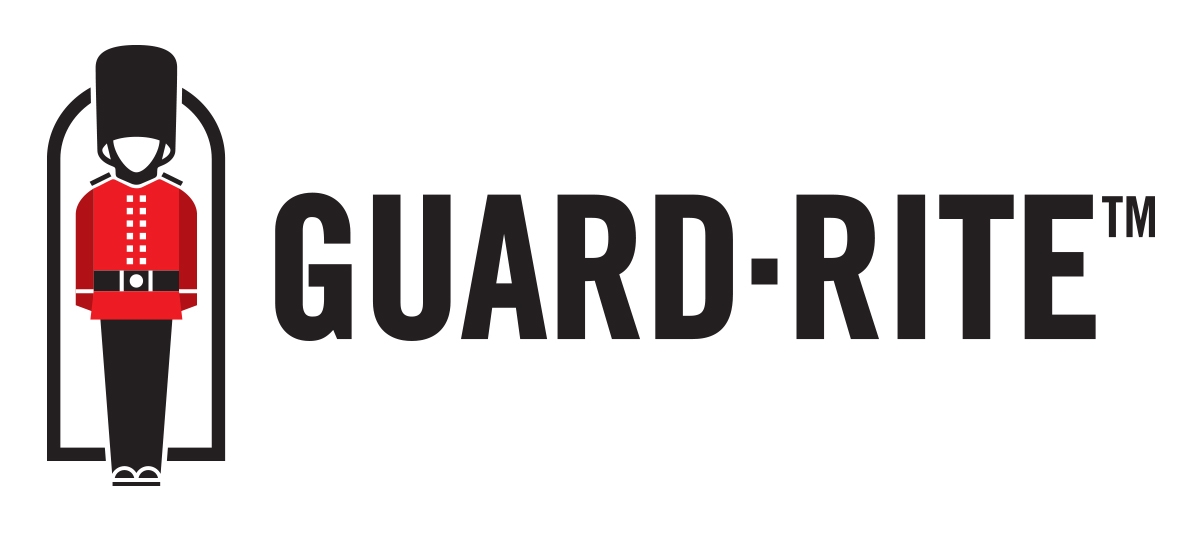
2020
The UltraCeramic Room Visualizer was launched along with Sonata Elements - an LVT the hygienic benefits of luxury vinyl tiles complemented with a dimensional striated textile visual inspired by modular carpet tiles.
2021
Launch of UltraCeramic Contract, the next generation of engineered stone for commercial applications.
Discontinued production of footwear products
With a 380,000 square foot facility, American Biltrite has some of the most advanced equipment in the industry, including its own R&D department and facilities for environmental testing. With an extensive distribution network and a sales force covering every region of North America, it is now aiming for the rest of the American continent.
